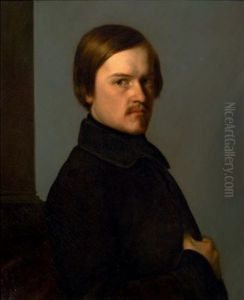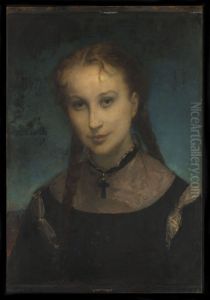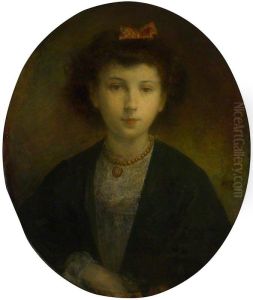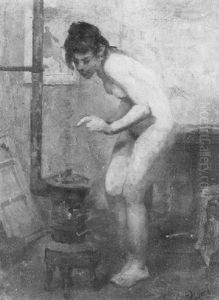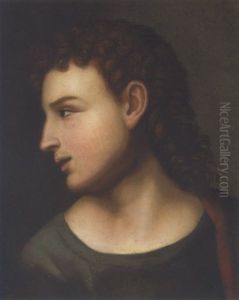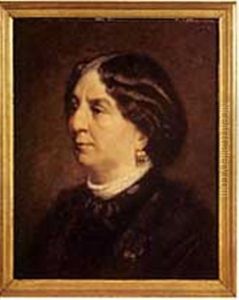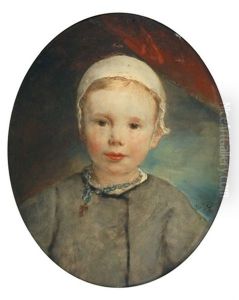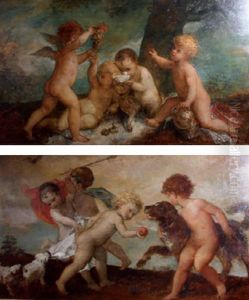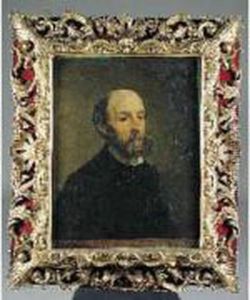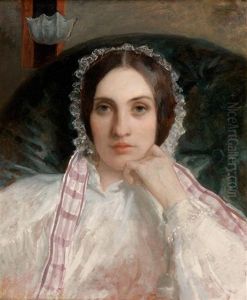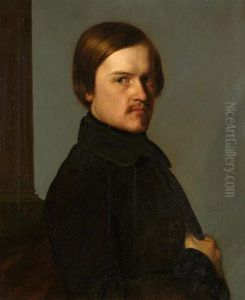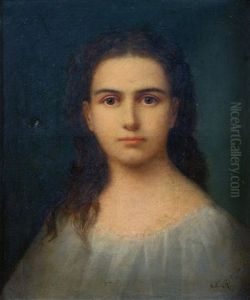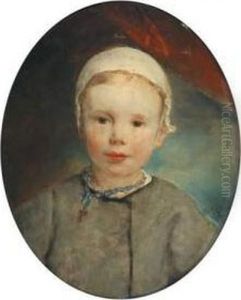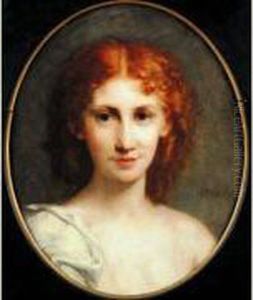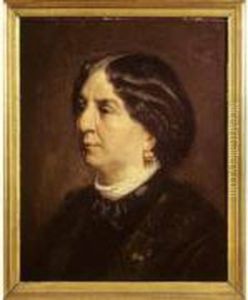Gustave Ricard Paintings
Gustave Ricard was a French painter known for his portraiture, born in Marseille on September 1, 1823. He was the son of a wealthy soap manufacturer and was initially intended to follow in his father's footsteps. However, Ricard's passion for art led him to pursue a career in painting. He studied in Paris under the neoclassical painter Léon Cogniet, who was a respected teacher at the École des Beaux-Arts. Ricard's education under Cogniet helped him to develop a solid foundation in academic painting techniques, which he would later adapt to his distinctive style.
Ricard's work was characterized by a meticulous attention to detail and a rich, vibrant use of color. His portraits often conveyed a deep psychological insight into his subjects, a quality that made his work highly sought after by the Parisian elite. In 1852, Ricard received critical acclaim for his portrait of Madame de Loynes, which was exhibited at the Paris Salon. Ricard became a frequent exhibitor at the Salon, and his portraits consistently received positive reviews, earning him a reputation as one of the leading portraitists of his time.
Despite his success, Ricard lived a rather reclusive life, dedicating himself entirely to his art. He was known to be a perfectionist and would often spend an extensive amount of time on each portrait to ensure its completion to his satisfaction. Ricard's clientele included various members of high society, intellectuals, and politicians, but he rarely painted public figures or celebrities, preferring the company of his close friends and family.
In the later years of his career, Ricard was recognized with several awards and honors for his contributions to French art. He was made a Chevalier of the Legion of Honour, a prestigious recognition by the French government for his achievements. Gustave Ricard's health began to decline in the early 1870s, and he passed away on January 23, 1873, in Paris. His legacy lives on through his portraits, which continue to be admired for their technical skill and emotional depth. Today, Ricard's works can be found in various museums and private collections around the world, including the Musée d'Orsay in Paris.
